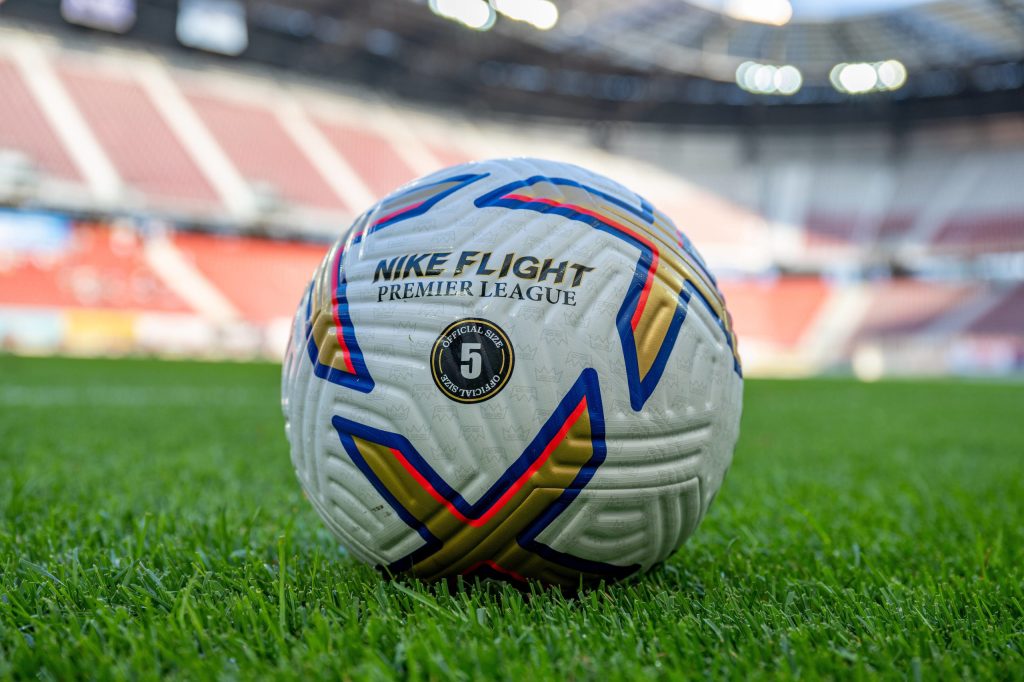In the 14th match week of the 2020 Allsvenskan, Djurgården hosted a struggling Hammarby. The defending champions did not have a great start to the new season as they lost 4 of their opening 9 matches, though they have been building some momentum off late with 3 wins in their last 3 matches.
Hammarby, on the other hand, came into this game after consecutive draws hoping to climb back up in the table. In this tactical analysis, we’ll be discussing the tactics deployed by both the teams. Let’s get into the analysis.
Lineups
Djurgården made 7 changes to the lineup that won against Varbergs in the midweek. They made changes at both the positions along with Berg coming in Nyholm at centre-back. Karlstrom and Banda came in for Edwards and Walker at the midfield. Ring is the only other forward player who played the previous game.

After their 1-1 draw against Falkenberg mid-week, Hammarby changed their shape into a 3-5-2 from a 4-2-3-1. Rodic and Widgren came in as wing-backs along with another centre-back Bjorklund. Johansson came in as a centre-forward in place of the winger Imam Khalili.
Hammarby with possession

With their 3-5-2 formation, Hammarby decided to build by asking their centre-backs to stretch the field as wide as possible similar to Antonio Conte’s Inter Milan. In the image above, we can see that the 3 centre-backs are as wide as possible. The left centre-back is occupying the left-flank, the central centre-back is just in front of the goal and the right centre-back is positioned at the far right flank. This allowed their wing-backs to push higher. We can see the position of the right wing-back in the following image.

The 3-man midfield usually dropped deep to help Hammarby in progressing the play especially Darijan Bojanic and Abdul Khalili. This would allow Jeppe Andersen to push a little bit higher and give him more freedom. His positioning is seen in the positional map of those players given below.

The green circles show the positions of the DMF and LCMF while the black denotes the average position of Andersen. Hammarby used constant movements to trick Djurgården and exploit the space left behind when the defenders left their position.

In the image above we can see Johansson dropping deep like Liverpool’s Firmino and Khalili playing a ball to him. When he drops deep he takes a centre-back with him that leaves a space in the defence. His partner Ludwigson immediately makes a run into that space and Johansson plays a ball to him. Their first goal came soon after this play where they counter-pressed immediately after losing the ball.

A similar run was made this time by Ludwigson after Hammarby won the ball in the midfield. He immediately wins a 1v1 situation with the centre-back and plays in a low cut-back to Khalili, who made a run into the box to score the 2nd goal. Berg’s positioning inside the box was very poor as he left a huge space and failed to close down Khalili before he took the shot.

Djurgården without possession
Djurgården defended in a 4-4-2/4-2-3-1 formation. They would press higher to try to win the ball back and immediately counter-attack. Banda would cover the Hammarby’s CDM and the wingers would press the full-backs lopsidedly. When the ball is on the left side, the winger on that side would press the centre-back and the full-back would try to press the wing-back.

We can see them pressing high where Ring would press on of the centre-backs while cover-shadowing the wing-back.

When the ball goes to the Hammarby’s wing-back then Ring along with the full-back would press him by cutting out passing lanes. The other players would orient themselves by shutting out passing lanes to the other players effectively.

But at times, the full-back would not press high and this would lead to Hammarby easily passing the press. This was the effective use of Hammarby to push its wing-back higher that led to the defence keeping tabs on the 3 players. In the image below we can see that the full-back has the ball. Witry, right-back, cannot press higher as that would lead to a 1v1 situation for the Hammarby centre-forward with the Djurgården’s CB. Hence he stays back and since the full-back had to be pressed, Banda leaves his marker (circled) to press the wing-back. But the wing-back can spot the unmarked midfielder easily and plays him a pass.

This is one of the reasons why they had very less high PPDA value in the 1st half (23.1) whereas in the 2nd half that value came down 5.2, as they improved their pressing and Hammarby’s reluctance in having the ball after taking a 2 goal lead. We can see a much-improved pressing that also saw their defence man-mark the forwards tightly (not in this picture).

In their half, this would shift to a 4-4-2 where E. Banda would join Holmberg to press as a forward line.

Djurgården with possession
Djurgården built in their usual 4-2-3-1 shape. The wingers would position wide to stretch the Hammarby’s defence. We can see that in the image below where the wingers of Djurgården are positioned very wide.

One of their central midfielders would drop into the backline to create a 3v2 overload there and help them progress the ball efficiently. This was also not an issue for Hammarby as they looked to lessen the intensity of their press after scoring the goal.

Usually, the midfielders would play long balls to these midfielders by switching the play. One such example is given below. But since Hammarby had a 5 man back-line to defend this they were able to manage the stretching and not leave much of space in between the backline.

Mostly the full-back involved here would be their left full-back, Augustinsson, as he would be the one making these runs. He constantly kept making runs like this in the match and some of them weren’t noticed by his teammates.

From these regions, Djurgården would play crosses into the box using their wingers or the full-backs. But most of these crosses were poor and were easily dealt with.

They attempted as many as 17 crosses in the match with most of them coming in the second half when Hammarby was sitting comfortably until the 74th minute with a 2-0 lead. We can see Hammarby defending in numbers inside the box and Djurgården having very fewer representations inside the box.

The other issue with Djurgården is that they weren’t making many movements into space like Hammarby. When there were instances where Hammarby left space centrally and afforded Djurgården, their players lacked the awareness to move into that space.

In the above image, we can see that Djurgården’s right-back has the ball. There is a huge space in the midfield due as the Hammarby’s midfield have gone forward to press and the defenders do not follow them. But Djurgården failed to make use of the space as we can see their midfielder, Ulvestad is slow in reacting into that space. The right-back could have easily played a ball to the winger, Ring, who in turn could have flicked it into that space. Since Ulvestad didn’t make that run, the RB had to play the ball in behind the defence and Djurgården lose their possession.
Hammarby without possession
Hammarby without possession were very compact and defended in a 3-5-2 shape. The shape would be zonal as they moved as a unit depending on the flank where the ball is present. The central midfielders were very compact and narrow that saw them blocking all the central passing options. We can see that in the image below, where the central midfielders are closer to each other by blocking any passing lanes to the CAM (Banda) or the CF.

Space was compressed in the midfield as Djurgården didn’t have a chance to pass through the centre. This gave them an option to play through the wings and deliver crosses into the box.

The Hammarby centre-back, Fallman would closely mark Banda by following closely and tracking him if he makes any runs in behind the defence. We can see that in the image below, where he immediately notices Banda making a run and he also makes a run to closely follow him.

Conclusion
Despite an own goal, Hammarby came out as deserving winners, as xG 0.87-0.3, suggesting taking them to 6th place and 3 points within the Djurgården. Though they had 56% of the possession, Djurgården failed to create any clear cut chances that tested Hammarby’s defence. Djurgården will be hoping to win their next few matches to gain some momentum before going into the UEFA Champions League qualifiers.






